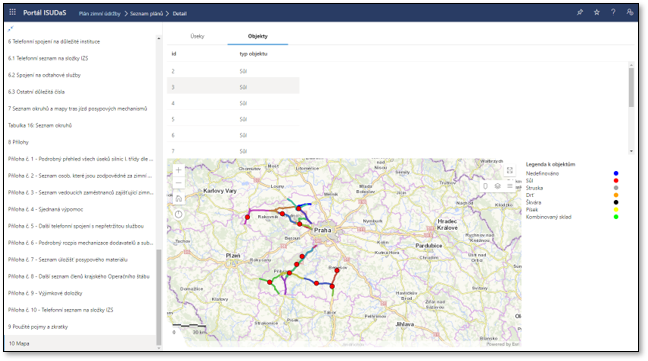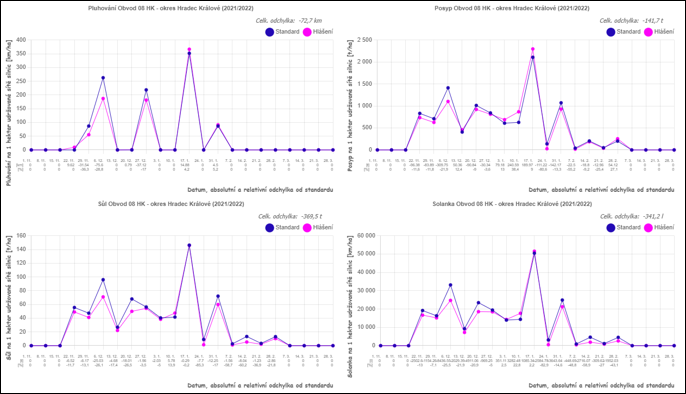Supervised winter maintenance. VARS system controls it for the Regional Directorate
Four thousand one hundred fifty-eight workers, 1,284 winter maintenance vehicles–this is the "team" that the ISUDaS system oversees under the umbrella of the Roads and Motorways Directorate.

“The system aims to automate the reporting and control of winter maintenance activities as much as possible. It concerns the actual work done and whether it was adequate in the given weather,” says project director Radim Kostrhoun from VARS BRNO.
In addition to its employees and vehicles, the Regional Directorate of Transport is involved in winter maintenance by 14 other contractors, who mainly take care of Class I roads. Coordinating and ensuring that maintenance is efficient can mean significant savings in time and, figuratively, in funds.

ISUDaS, the information system for road and motorway maintenance, consists of twelve modules covering the entire spectrum of road and motorway maintenance, both winter and summer. However, the focus is undoubtedly on winter maintenance, which is much more demanding regarding the volume of work and its suddenness. In such a situation, checking whether maintenance carrying out effectively is challenging–this is precisely what ISUDaS addresses.
So what does ISUDaS “watch”? “The system monitors the positions of all 1,284 winter maintenance vehicles included in the system. Therefore, the RDSD knows exactly where and what winter maintenance was carried out by the vehicles–the routes on which the road maintenance vehicles drive are also planned in the ISUDaS system. The system considers road section frequency to treat those with the most traffic or the highest risk first.
Another massive help for the road network manager, in this case, the Czech Road Directorate, is the maintenance diary. The system records precisely how many maintenance workers are on shift and how many are on standby. The record of each shift is chronological, so it is possible to see exactly when and which vehicles went out on the roads.

However, the main area that ISUDaS effectively addresses is control. With a random phenomenon such as snowfall or ice, for example, and with the number of vehicles and people involved in all the maintenance, it is complicated to ensure that all the work is correctly reported. And ISUDaS can take care of that. It looks after both the work itself, which it takes from the telemetry data of the vehicles themselves, as well as their reporting and invoicing. And it can even highlight inadequate maintenance. “If we detect an anomaly, typically that maintenance was taking place when weather conditions did not match, ISUDaS can alert us to the event,” explains Radim Kostrhoun.
From all this data, the system can create a comprehensive basis for controlling and, at the same time, provide arguments if the work of suppliers should be complained about or disputed. The reports can be monitored essentially in real-time. They are generated automatically and can be consulted by anyone in charge, which is a massive benefit for the Regional Directorate.

